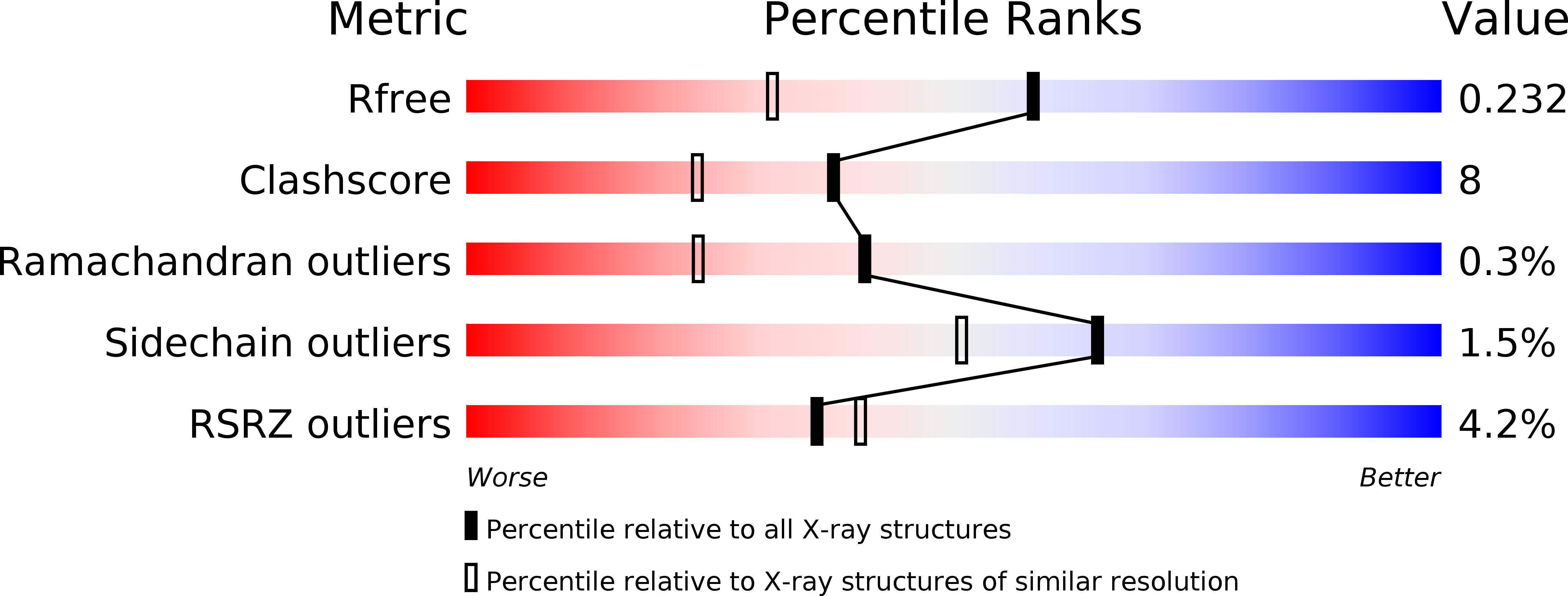
Deposition Date
2006-11-14
Release Date
2007-02-27
Last Version Date
2024-11-20
Entry Detail
PDB ID:
2NW3
Keywords:
Title:
Crystal structure of HLA-B*3508 presenting EBV peptide EPLPQGQLTAY at 1.7A
Biological Source:
Source Organism:
Homo sapiens (Taxon ID: 9606)
(Taxon ID: )
(Taxon ID: )
Host Organism:
Method Details:
Experimental Method:
Resolution:
1.70 Å
R-Value Free:
0.23
R-Value Work:
0.20
R-Value Observed:
0.20
Space Group:
P 21 21 21


